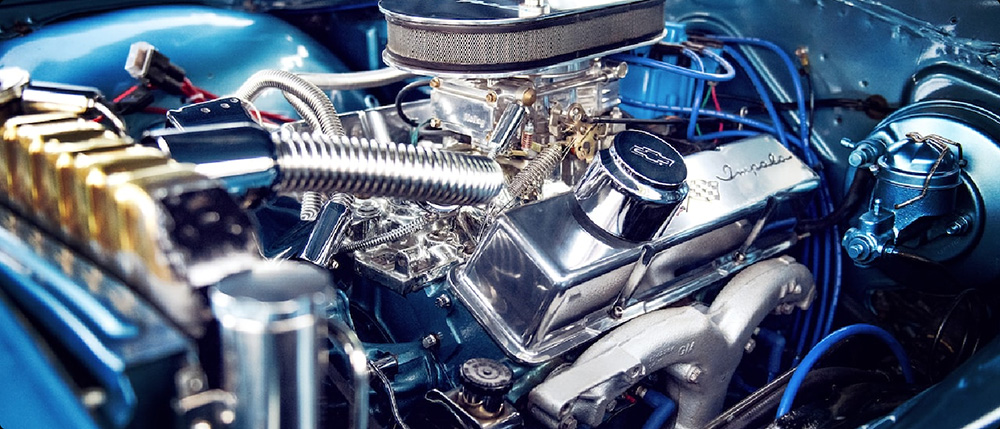Unlocking Precision: The Fascinating Working Principle of AC Servo Motors
In the realm of modern automation, robotics, and industrial machinery, the AC servo motor stands out as a marvel of engineering. It embodies a perfect blend of electrical and mechanical components, delivering precise control of position, speed, and torque. Understanding how these versatile motors work can seem complex at first glance, but once you unravel their core principles, a vivid picture emerges—one that's rooted in electromagnetic systems and sophisticated feedback mechanisms.

What Is an AC Servo Motor?
Before diving into the working principles, it's helpful to clarify what an AC servo motor is. Unlike traditional motors that operate at a fixed speed or are designed for simple on/off control, AC servo motors are specifically engineered for dynamic positioning and speed regulation. They are widely used in robotics, CNC machinery, conveyor belts, aerospace, and any application requiring fine control over movement.
An AC servo motor typically comprises a few core parts: the stator, the rotor, a feedback device (like an encoder), and a control system. When powered, these motors can be commanded to move to precise positions and maintain them with minimal error, thanks to their advanced control systems.
The Foundation – Electromagnetic Induction
At the heart of the AC servo motor lies the principle of electromagnetic induction, originally discovered by Michael Faraday. When a coil of wire (the stator winding) is energized with alternating current, it produces a rotating magnetic field. This field interacts with the rotor—a magnetic or conductive element—creating the force needed to produce motion.
The dynamic nature of the AC current ensures the magnetic field rotates smoothly around the stator, constantly pushing and pulling the rotor into motion. The main challenge, however, is not just generating movement but controlling it with precision. What makes AC servo motors exceptional is their ability to regulate speed, position, and torque through sophisticated feedback and control mechanisms.
Components that Make It Work
1. Stator
The stator forms the stationary part of the motor. It contains multiple windings arranged strategically around the core. When AC power flows through these windings, they generate a rotating magnetic field. The design considers factors like winding configuration, number of phases, and frequency to optimize performance.
2. Rotor
The rotor is the moving part, typically made of laminated iron cores and embedded magnets or conductive bars (as in the case of induction-type rotors). In many AC servo motors—especially synchronous types—the rotor incorporates permanent magnets. The rotor's magnetic field interacts with the stator's rotating field, producing torque.
3. Feedback Device
A critical component that distinguishes servo motors from regular motors is the feedback device, commonly an encoder or resolver. This device continuously monitors the rotor’s position and sends signals to the control system, enabling real-time adjustments.
4. Drive and Control System
The motor doesn't operate in isolation; it relies on an electronic drive or amplifier that supplies the necessary AC waveforms. The controller receives input signals—such as desired position or speed—and adjusts the amplitude, frequency, and phase of the AC signals accordingly.
Leveraging innovations in modular drive technology, Kpower integrates high-performance motors, precision reducers, and multi-protocol control systems to provide efficient and customized smart drive system solutions.




































